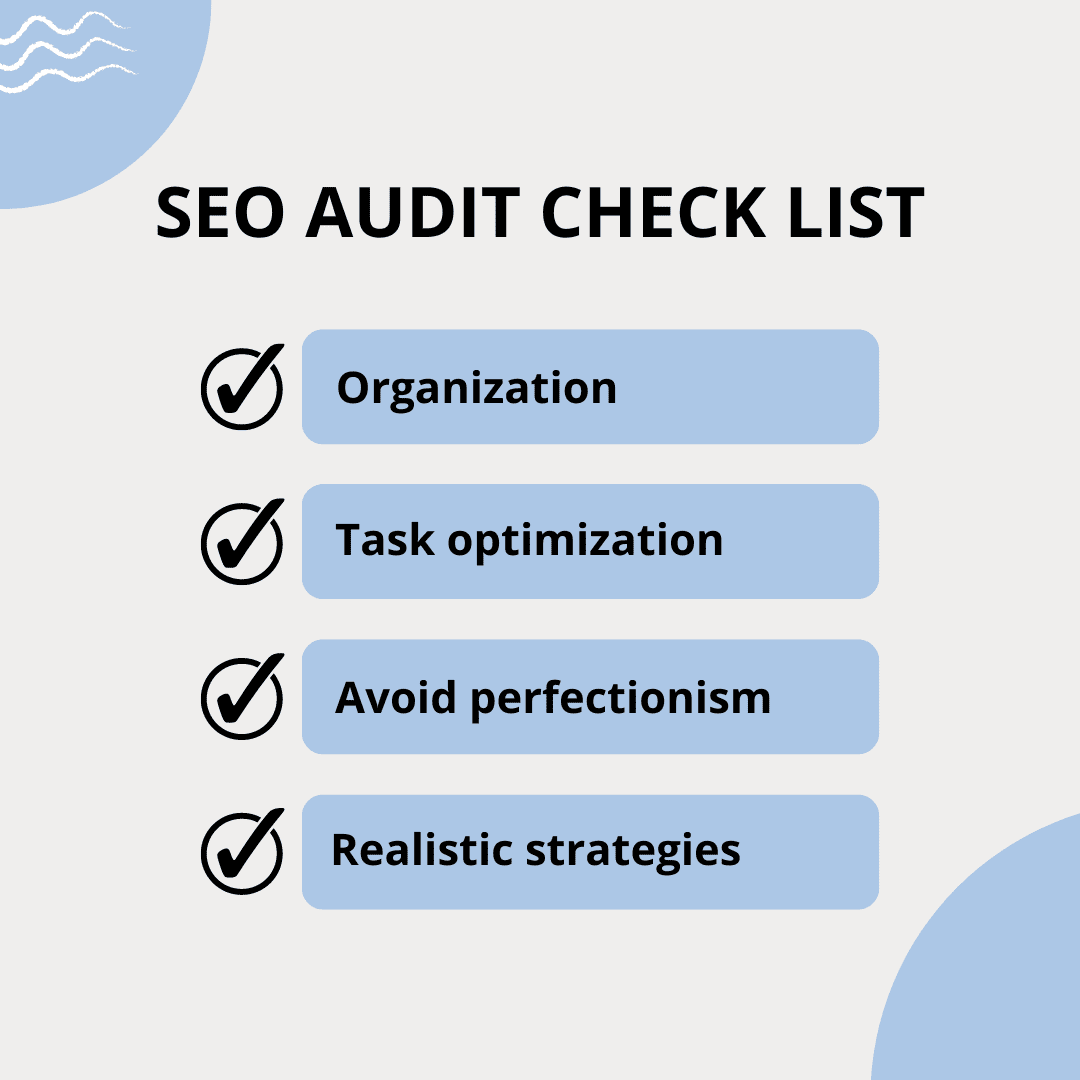The Importance of Maintaining a Change Tracker for In-House SEO: A Guide
As an in-house SEO professional managing multiple websites, the constant flux of changes and optimizations can quickly become overwhelming. Amidst the flurry of tasks and projects, it’s easy to lose track of what changes were implemented, when they were released, and their impact on website performance. This is where a Change Tracker becomes invaluable.
![]()
What is a Change Tracker?
A Change Tracker is essentially a centralized document or system that records all changes, fixes, and improvements made to websites under your purview. It serves as a comprehensive log, detailing the specifics of each change, including the LOBs (Lines of Business) involved, the website(s) affected, the name of the change, a short description, documentation links, release dates, and expected reporting dates.
Why is a Change Tracker Necessary?
- Streamlined Reporting: When preparing quarterly or yearly reviews or reporting on SEO improvements, having a Change Tracker at your disposal streamlines the process. It provides a clear overview of the changes implemented and their impact on website performance, facilitating data-driven insights and analysis.
- Annotations for Analysis: Adding annotations to analytics graphs becomes significantly easier with a Change Tracker. By correlating changes with fluctuations in website traffic or rankings, you can better understand the cause-effect relationships and refine your optimization strategies accordingly.
- Maintaining a Record of Successes and Failures: Throughout the year, certain changes will emerge as proven winners, driving significant improvements in SEO metrics. Conversely, others may yield negligible results or even have a detrimental effect. A Change Tracker allows you to maintain a record of these successes and failures, enabling you to replicate successful strategies and avoid repeating ineffective ones.
Implementing a Change Tracker:
- Define Key Columns: Determine the key columns to include in your Change Tracker, such as LOBs, website(s), change name, description, documentation links, release dates, and expected reporting dates.
- Establish a Tracking Process: Implement a standardized process for logging changes into the tracker, ensuring that all relevant information is captured accurately and consistently.
- Regular Updates and Reviews: Regularly update the Change Tracker with new changes and review its contents periodically to assess the impact of previous optimizations and identify areas for further improvement.
After covid in the dynamic world of in-house SEO, maintaining a Change Tracker is essential for maintaining sanity and driving continuous improvement. By documenting changes, fixes, and improvements, you can streamline reporting, analyze performance trends, and make data-driven decisions to enhance website performance effectively. Embrace the Change Tracker as a valuable tool in your SEO arsenal, and watch as it transforms your approach to website optimization and management.










